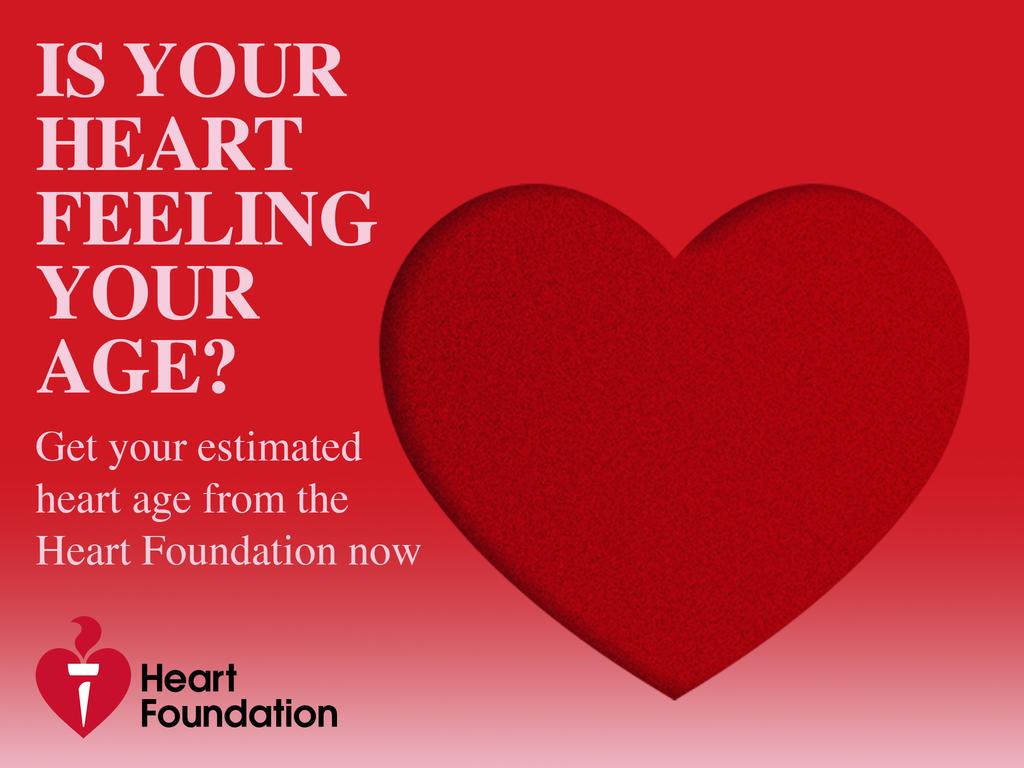Why you should pay close attention to your blood pressure
The best time to reduce your risk of long-term heart disease is right now, says a cardiologist who explains what you can learn from monitoring some vital signs

If you don’t, you should. One in three Australians has high blood pressure – which puts you at greater risk of having a stroke or heart attack.
How does blood pressure raise your risk of heart disease?
Blood pressure is one of the strongest indicators of heart disease risk, so the higher these numbers are the more likely you are to experience poor cardiovascular health. This is because when your blood pressure increases, so does the pressure on your heart, arteries and blood vessels. Over time, this increase in pressure can damage the lining of blood vessel walls. This damage can attract cholesterol deposits, which can build up and restrict blood flow – increasing your risk of heart attack and stroke.
When blood pressure increases, the heart muscle also has to work harder with each pump – which just like other muscles in our body can increase the risk of injury. If blood pressure remains high, the heart can become thick and “stiff”, which in severe cases can lead to devastating consequences such as heart failure.
The most concerning part is that all this damage can be happening in your body for years before you experience any noticeable symptoms.
This is why having your blood pressure checked regularly is such an important screening tool.
What’s an optimal blood pressure reading?
“Normal” blood pressure is generally acknowledged as 120/80 mmHg. The first number, in this case 120, is the systolic reading and it represents the peak pressure in the artery when the heart contracts. The second number, in this case 80, is the diastolic reading and it represents the pressure in the artery when the heart is between beats, aka when it relaxes. While high systolic blood pressure has stronger links with heart disease, both numbers are associated with increased heart health risks.
For many decades high blood pressure, also referred to as hypertension, was classed as a reading of 140/90 or above. But a large worldwide study in 2015 triggered a rethink of blood pressure guidelines.

The study showed that in people at high risk of cardiovascular events, such as heart attack, a target of less than 120 instead of less than 140 was associated with lower rates of major cardiovascular events and death. This led to the suggestion that the high blood pressure category be lowered to 130, with an understanding that 120 or slightly less was the ultimate goal.
Though this study was conducted in a particular population group – over the age of 50 and at increased cardiovascular risk – it does shine a light on the impact even slightly elevated blood pressure can have when sustained over the long term.
What can you do to keep your blood pressure at a healthy level?
With age, sedentary lifestyles, alcohol consumption and high salt diets all conspiring against us to push up our blood pressure, the best time to address the issue and reduce your long-term risk of heart disease is right now.
As a first step, getting your blood pressure checked regularly, being aware of what these numbers mean, and adopting all the key healthy lifestyle changes are important for achieving and maintaining a normal blood pressure.
Then, if you do note consistently elevated blood pressure, addressing the increase early – before more significant hypertension develops and medication may be needed to manage it – can help you to avoid associated damage that could be harming your heart and arteries.
Changes to your lifestyle can go a long way to reducing your blood pressure, even in those who are already on medication to treat high blood pressure. These measures may include:
- Reducing daily sodium intake to less than 2000mg (approximately one teaspoon of salt).
- Including more unprocessed foods in your diet, like fruit, vegetables, legumes and nuts, as these are naturally low in sodium.
- Reviewing nutrition labels to check sodium content of processed foods – which are the main “hidden” sources of sodium in our diets.
- Flavouring meals with herbs and spices instead of salt and high-sodium condiments.
- Swapping table salt for potassium-enriched salt (often sold as “Heart Salt” or similar names), noting that this may not be appropriate for people with kidney problems or for those on certain blood pressure medications, so it’s best to discuss this with your GP prior to making the switch.
- Aiming for moderate intensity physical activity of at least 30 minutes on most, if not all, days.
- Reducing your alcohol intake.
- Losing weight if needed.
- Quitting smoking and/or vaping.
- Aiming for seven to nine hours of sleep per night for adults.
If you have any concerns about your blood pressure, it’s best to discuss these with your doctor to ensure you have appropriate management and treatment strategies in place.
Professor Jason Kovacic is director of the Victor Chang Cardiac Research Institute.
This column is published for information purposes only. It is not intended to be used as medical advice and should not be relied on as a substitute for independent professional advice about your personal health or a medical condition from your doctor or other qualified health professional.




Measuring blood pressure is one of the most common health checks performed by GPs. But do you know what your blood pressure stats mean, and why those numbers matter?